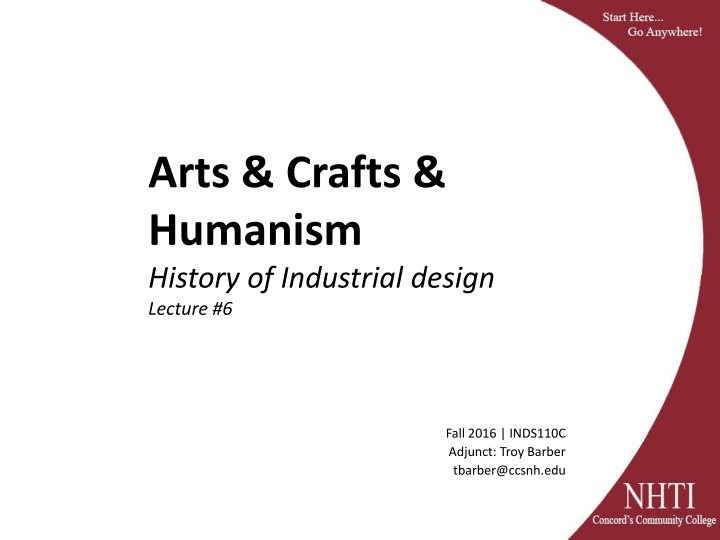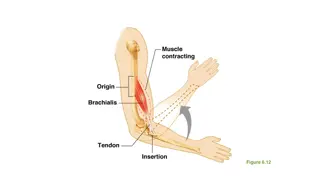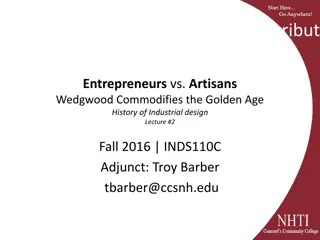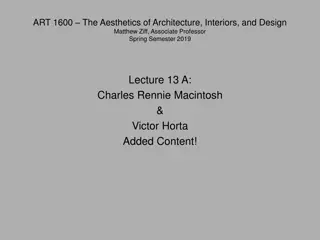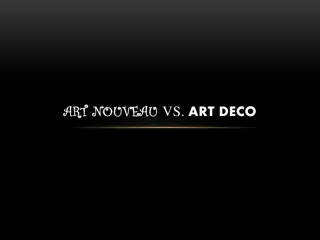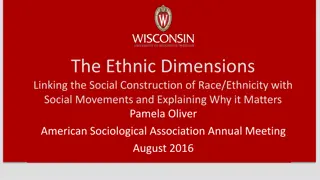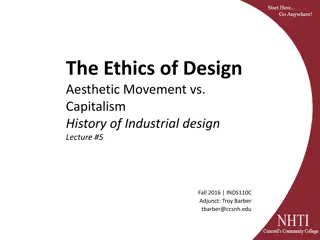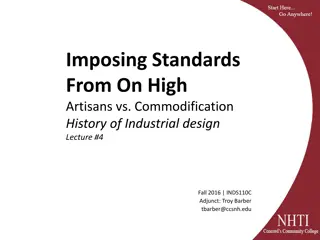Evolution of Design Movements: Arts and Crafts to Art Nouveau
Explore the transition from the Arts and Crafts Movement to the Aesthetic Movement and Art Nouveau design under visionaries like William Morris, Christopher Dresser, and Henry van de Velde. These movements emphasized traditional craftsmanship, ethical design, and the integration of beauty and utility, leading to a shift towards individual expression and originality in design.
Uploaded on Sep 26, 2024 | 0 Views
Download Presentation

Please find below an Image/Link to download the presentation.
The content on the website is provided AS IS for your information and personal use only. It may not be sold, licensed, or shared on other websites without obtaining consent from the author.If you encounter any issues during the download, it is possible that the publisher has removed the file from their server.
You are allowed to download the files provided on this website for personal or commercial use, subject to the condition that they are used lawfully. All files are the property of their respective owners.
The content on the website is provided AS IS for your information and personal use only. It may not be sold, licensed, or shared on other websites without obtaining consent from the author.
E N D
Presentation Transcript
Arts & Crafts & Humanism History of Industrial design Lecture #6 Fall 2016 | INDS110C Adjunct: Troy Barber tbarber@ccsnh.edu
Arts & Crafts Movement (1880-1910) Byproduct of Design Reform Movement Espoused traditional craftsmanship using simple forms, and often used medieval, romantic, or folk styles of decoration. Advocated economic and social reform At its root: anti-industrial & anti-mass production Design should have an ethical component
William Morris (1834-1896) Arts & Crafts Movement Theorist Contributor to the revival of traditional British textile arts and methods of production Close to other Pre-Raphaelite artists Founded Morris & Co. in 1875, whose goal was to produce reasonably priced, well-designed furnishings, wallpapers, and textiles while employing skilled craftsmen at fair wages
Byproduct of Design Reform Movement Left preoccupation with paternalistic standards behind Reconsidered sources of inspiration, materials, processes, and subjective meaning Freer and more individual approach to historical styles Greater freedom in use of materials and processes Art for art s sake after utility. Stressed simple forms and uncluttered surfaces, such as inlay, marquetry, cloisonn . Ornament was placed asymmetrically. Aesthetic Movement (1870- 1900)
Advocated for the Aesthetic Movement Maxim of the Aesthetic Movement: 'Art for Art's Sake Decorative art must first have utility but may also be beautiful. Christopher Dresser (1834- 1904) Botanist, Industrial Designer
Henry van de Velde (1863- 1957) Art Nouveau designer & theoretician Belgian painter, architect, and interior designer Spent the most important part of his career in Germany In 1892 he abandoned painting, devoting his time to arts of decoration and interior design Was one of the first architects or furniture designers to apply curved lines in an abstract style. Against copying historical styles, focused on developing original & new designs.
Inspired by natural forms, structures, flowers, plants, curvy lines Characterized by its use of a long, sinuous, organic line and was employed most often in architecture, interior design, jewelry, and glass design, posters and illustration. Deliberate attempt to create a new style, free of the imitative historicism that dominated much of 19th-century art and design. Unlike the artisan-oriented Arts and Crafts Movement, Art Nouveau artists readily used new materials, machined surfaces, and abstraction in the service of pure design. Art Nouveau Movement (1890-1910)
Coined the term conspicuous consumption, performances of which are performed to demonstrate wealth or mark social status Wrote The Theory of the Leisure Class Leader of the institutional economics movement Institutional economics focuses on understanding the role of the evolutionary process and the role of institutions in shaping economic behavior. Thorstein Veblen (1857- 1929) Economist & Social Critic
Arguably Americas greatest architect Theorist who designed buildings as well as furnishings. Designing the furniture within the structure gave the architect absolute control over the user experience. Ahead of his time: many buildings had almost fatal flaws that were only corrected decades afterwards once material and process technology caught up. Frank Lloyd Wright (1867-1959) Architect, designer, theorist
German design duo dedicated to producing fine handcrafted furnishings, decorative objects, textiles, jewelry, and bookbindings. Interestingly, their designs were largely without any historical reference. Josef Hoffmann (1870-1956) Koloman Moser (1868-1918) Architects, designers Wiener Werkstatte (1903- 1932)
C.R. Ashbee (1863-1942) Architect, Arts & Crafts designer Founded the Guild of Handicraft Espoused the ideals of the Arts & Crafts movement
Grant Information Get IT is sponsored by a $2.5 million grant from the U.S. Department of Labor, Employment & Training Administration TAACCCT Grant #TC-26498-14-60-A-33 NHTI, Concord s Community College, is an equal opportunity employer, and adaptive equipment is available upon request to persons with disabilities. This workforce solution was funded by a grant awarded by the U.S. Department of Labor s Employment and Training Administration. The solution was created by the grantee and does not necessarily reflect the official position of the U.S. Department of Labor. The Department of Labor makes no guarantees, warranties, or assurances of any kind, express or implied, with respect to such information, including any information on linked sites, and including, but not limited to accuracy of the information or its completeness, timeliness, usefulness, adequacy, continued availability or ownership.
NHTI information and Attribution NHTI, Concord s Community College 31 College Drive Concord, NH 03301 www.nhti.edu Creative Commons Attribution 4.0 International License INDS 110C History of Design curriculum by Troy Barber is licensed under the Creative Commons Attribution 4.0 International License. To view a copy of this license visit http://creativecommons.org/licenses/by/4.0/deed.en_US. http://creativecommons.org/licenses/by/4.0/deed.en_US
